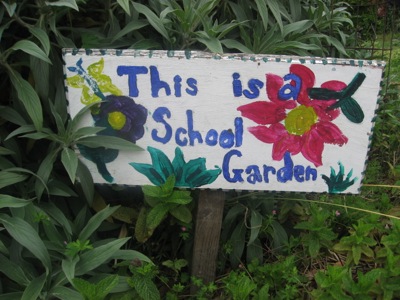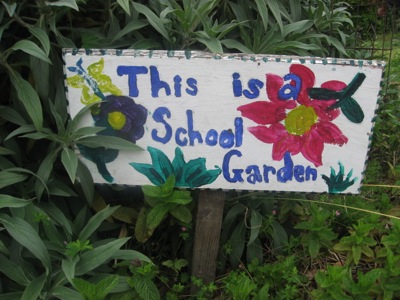
Food Studies features the voices of 11 volunteer student bloggers from a variety of different food- and agriculture-related programs at universities around the world. You can explore the full series here.
When I moved to Minneapolis from Brooklyn in August, 2009, I didn’t know what to expect. I’d always lived on one of the coasts — I was born and raised in Berkeley, California, followed by seven years on the East Coast for college and work. The Midwest was a relatively foreign concept for me, and as I drove my packed car toward Minnesota, I mostly imagined seas of corn and piles of snow.
I came here, to Minnesota, to write fiction; after two years of living here, I’m now entering my third, and final, year of the MFA program in Creative Writing at the University of Minnesota. But those seas of corn intrigued me, too. I’ve always been interested in food — in cooking, and, of course, in eating, but also in where it comes from, and how. While living in Brooklyn after college, I had been reading and writing a lot about the problems in our country’s agricultural system, and then, there I was, headed straight to the Corn Belt, the Heartland.
The University of Minnesota, in addition to having a great MFA program in Creative Writing, is also a land-grant school, meaning that it has a lot of resources for the study of agriculture. Resources that I couldn’t even imagine before I arrived here — farms and barns and seed labs, and acres and acres of land. In my very first semester, I took a class in the Sustainable Agriculture department and now, two years later, in addition to my MFA degree, I’m also fulfilling my final requirements for a Graduate Minor in Sustainable Agricultural Systems.
It’s a pretty unlikely combination, and the two programs could remain entirely separate, but, for me, they’ve allowed for a surprising amount of overlap. In the MFA program, I write fiction, of course — but I am also deeply interested in reading and writing nonfiction about food and agriculture. So, last year, for example, I did an independent study with a food and agriculture-minded nonfiction professor, reading the foundational books of the sustainable food movement (including authors such as Wendell Berry, Francis Moore Lappé, Peter Singer, and Rachel Carson).
Most recently, in a perfect confluence of my two programs, this past summer I began teaching creative writing in the context of school gardens here in the Twin Cities. I was lucky enough to be awarded a summer fellowship by the University of Minnesota’s Human Rights Program and the MFA program, called the Scribe for Human Rights, which supports a MFA student to work with the Human Rights Program as a writer-in-residence on a project of the student’s choosing.
My proposal focused on food justice as a human right, and on school gardens as an aspect of achieving food justice. With the help of one of my horticulture professors at the U, I met two teachers at Gordon Parks High School, an alternative learning center in St. Paul for “at-risk” youth. For the last couple summers, the school has offered a summer class called Environmental Design, and the teachers were eager to incorporate some aspects of creative writing into the curriculum.
And so, a couple of days a week, I met the students either in their classroom or at the student farm at the University, and prompted them to describe peas as a way to review the parts of speech, or, for a more reflective, longer essay, to write about how they might grow emotionally as a plant grows physically. It was a wonderful, rewarding summer that not only included my time at Gordon Parks, but also a trip to the Edible Schoolyard Academy in Berkeley, California, one of the progenitors of the school garden movement (and the site of the picture above).
So, what can you expect to hear about from me this fall? This past summer, I was so busy being — literally — in the field with the students that I rarely got much chance to stop and reflect on the experience. This semester, my job is to put everything together. On the agriculture side, I’ll be writing a curriculum with several creative writing exercises that are connected to gardening, farming, and food; I’ll also be giving some short guest lectures about the school garden movement. On the MFA side, I’ll be working on a longer essay about my experiences at this specific school garden, focusing on food justice as a human right. And, as always, in between updates here at Grist, I’ll be writing away on my personal blog, Food Junta.




